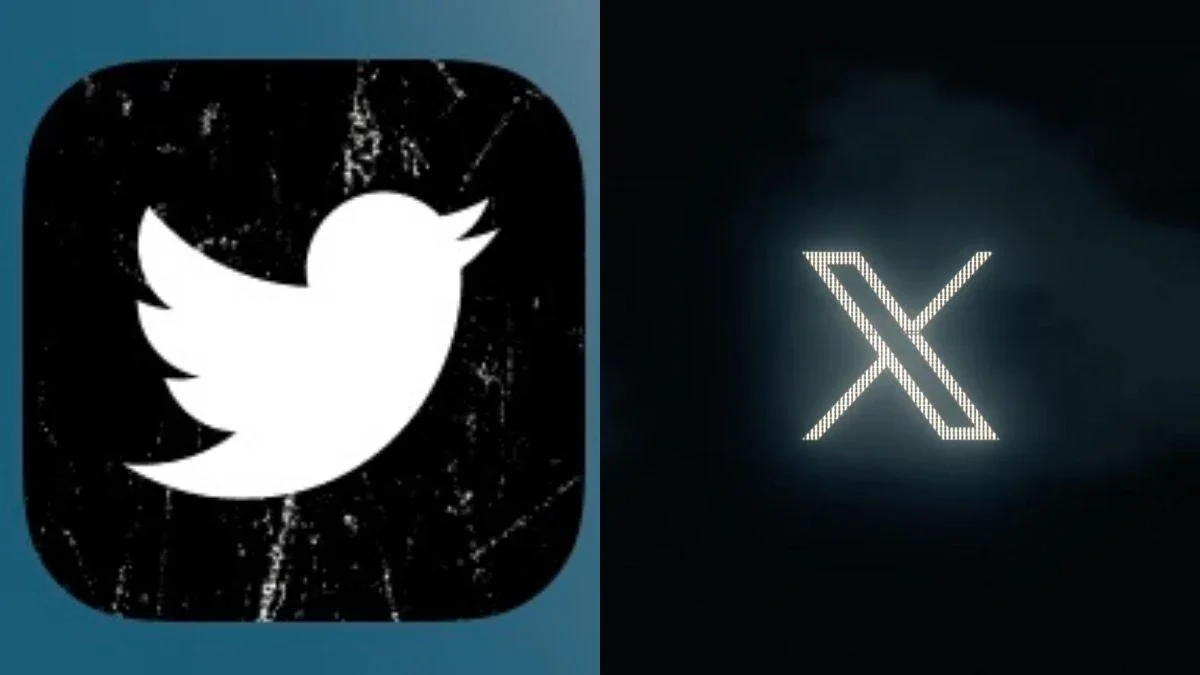In a bold move to refresh its brand identity and face growing competition, Twitter’s CEO Elon Musk recently announced the replacement of the iconic bird logo that has long represented the microblogging site. Just a day after the announcement, the company officially rolled out its new logo with a captivating projection of a giant “X” on the facade of its San Francisco headquarters.
Under the cloak of darkness on July 23, Twitter’s new logo, a striking white “X” against a black background, illuminated the company’s headquarters. The grand unveiling was a significant moment for the social media giant, marking a new era in its evolution.
Twitter’s CEO, Linda Yaccarino, revealed the new X logo in a tweet: “Lights. Camera. X!” This strategic move was made in response to the competition posed by Meta’s Threads, which was challenging Twitter’s dominance.
The impetus for this transformation was Meta’s Threads, a competing platform that had been gaining momentum and challenging Twitter’s market share. By introducing the sleek and contemporary X logo, Twitter aims to position itself as a fresh and innovative platform capable of taking on its rivals.
The decision to part ways with the beloved blue bird symbol was not taken lightly, as the bird had become synonymous with Twitter over the years. However, in the face of the evolving social media landscape, Twitter’s leadership understood the necessity of adapting to remain relevant and capture the attention of a new generation of users.
Both Musk and Yaccarino made sure to showcase the X logo on their personal Twitter handles, signaling their commitment to this rebranding effort. While the new logo takes center stage, the traditional Twitter blue bird symbol remains visible across the platform, acting as a comforting reminder of the company’s roots.
Elon Musk, who assumed control of Twitter after a groundbreaking $44 billion acquisition and merger with X Corp, has been vocal about his desire to move away from the bird motif and eventually phase out the current Twitter logo entirely. His ambitious vision is to redefine the platform’s identity and foster a sense of renewal among its user base.
However, since taking the reins of Twitter, Musk’s leadership has not been without controversy. His decision to lay off several Twitter employees shortly after his takeover, followed by the introduction of paid subscriptions for verification checkmarks, has elicited mixed reactions from the platform’s users and industry observers.
More recently, Musk stirred the pot by announcing a daily tweet limit for users, further polarizing opinions on the future direction of Twitter. Some view these measures as necessary steps to streamline and improve the user experience, while others criticize them as restrictive and infringing on user freedom.
As Twitter embraces this new chapter with the X logo, the company finds itself at a pivotal juncture in its history. The path ahead promises both challenges and opportunities as it navigates through the dynamic and ever-changing landscape of social media. Time will tell whether this bold rebranding endeavor will bolster Twitter’s position or open the door to more innovation and competition in the industry.




